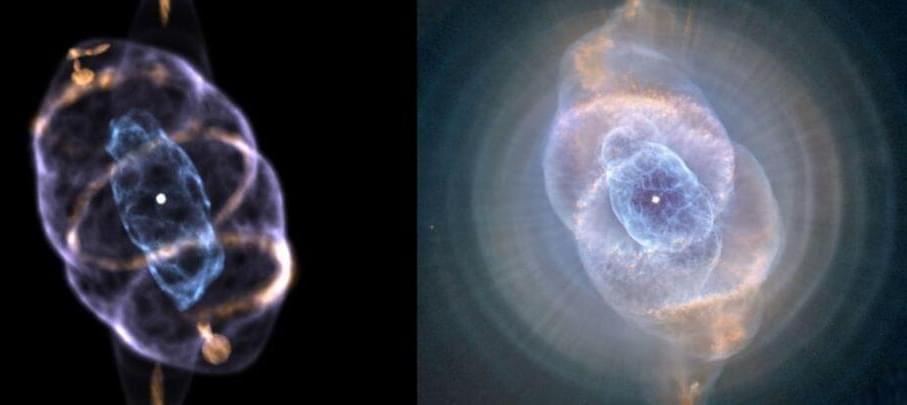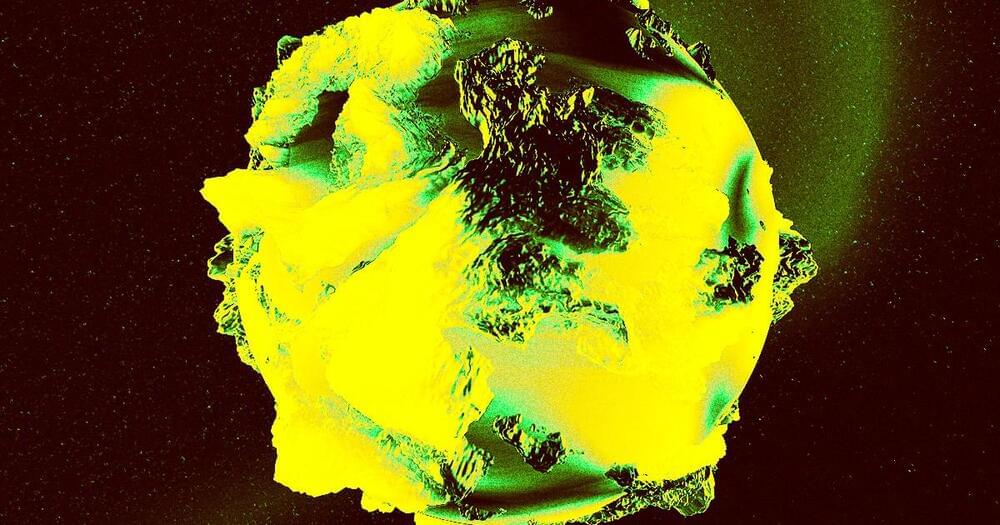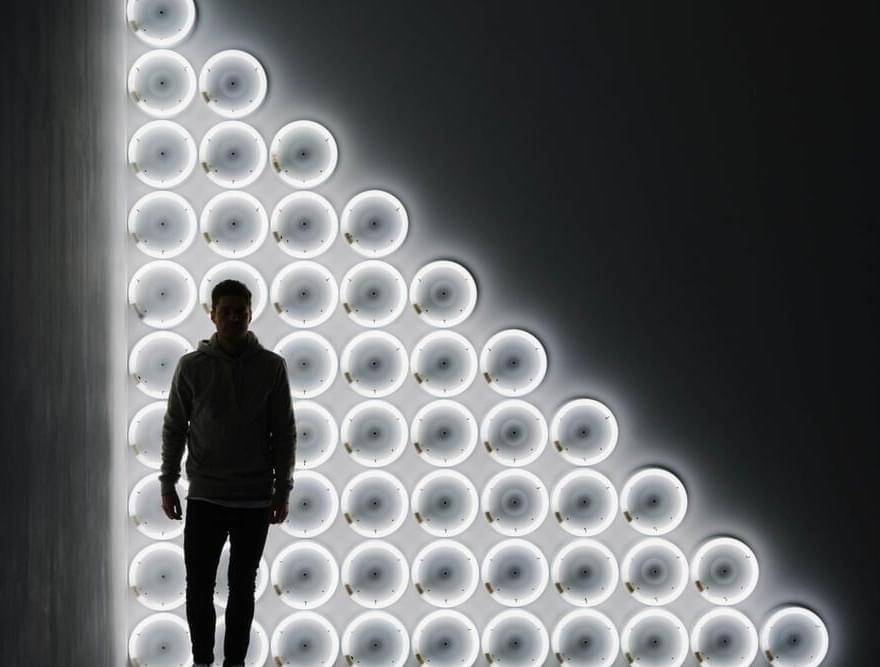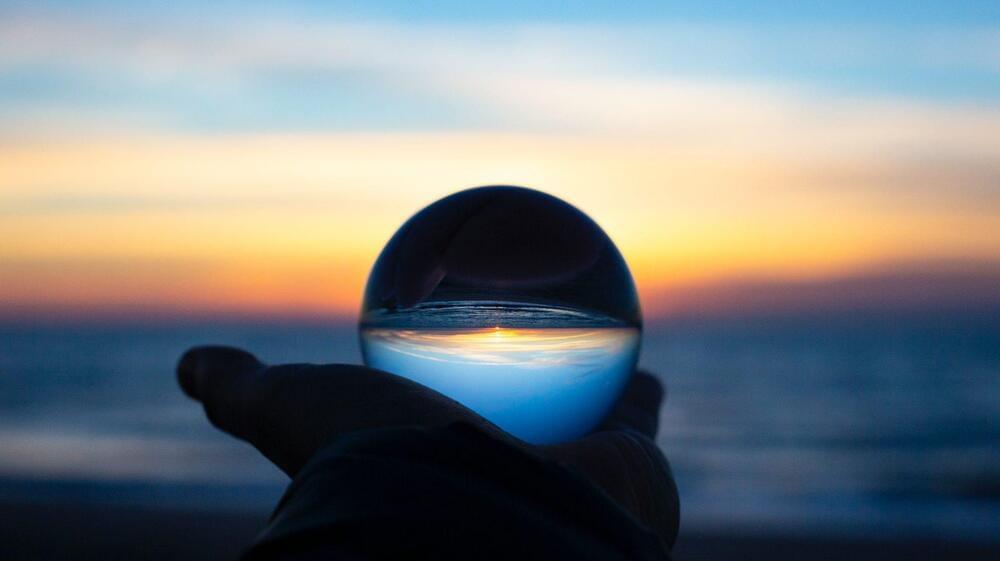Were you unable to attend Transform 2022? Check out all of the summit sessions in our on-demand library now! Watch here.
Marketers are standing at a precipice when it comes to strategy and automation. Advanced systems are seen as the next step in marketing, but for many businesses, the concept is still uncharted territory. However, those who don’t adopt the rapidly advancing technology into their marketing plans will quickly be at a huge disadvantage.
According to International Data Corporation (IDC), the U.S. market for AI-powered software, hardware and services is expected to break $120 billion by 2025. The marketing intelligence firm also found that banks and retailers were the biggest spenders on AI, with retail having already invested upwards of $5.9 billion in these systems for marketing alone in 2019. And spending on these advanced systems for this specific purpose has only increased since then. It is evident that algorithmic systems are the future of marketing, and those who don’t invest in them will be left behind.






